Aside from water, plants naturally need light in order for them to grow. One of the things a lot of people are curious about is how plants absorb light and if they can do this by absorbing light from the bottom. Fortunately, we've researched this topic, and in this post, we will share with you how plants absorb light and how you can use alternative lights for them to grow.
Plants absorb light because of chlorophyll, a pigment that allows plants to absorb light that they need to provide energy for photosynthesis. Plant leaves generally have more chlorophyll on the top of the leaves, but it can also be found on the underside, allowing plants to absorb light even from the bottom.
Learning about the concept of chlorophyll and photosynthesis can be a bit too much and bring you back to your old science classes, but fortunately, we've broken down this topic to make it easier for you to understand. Keep reading because we will also share ways on how you can use grow lights for your plants, as well as knowing if you've exposed them to too much light.
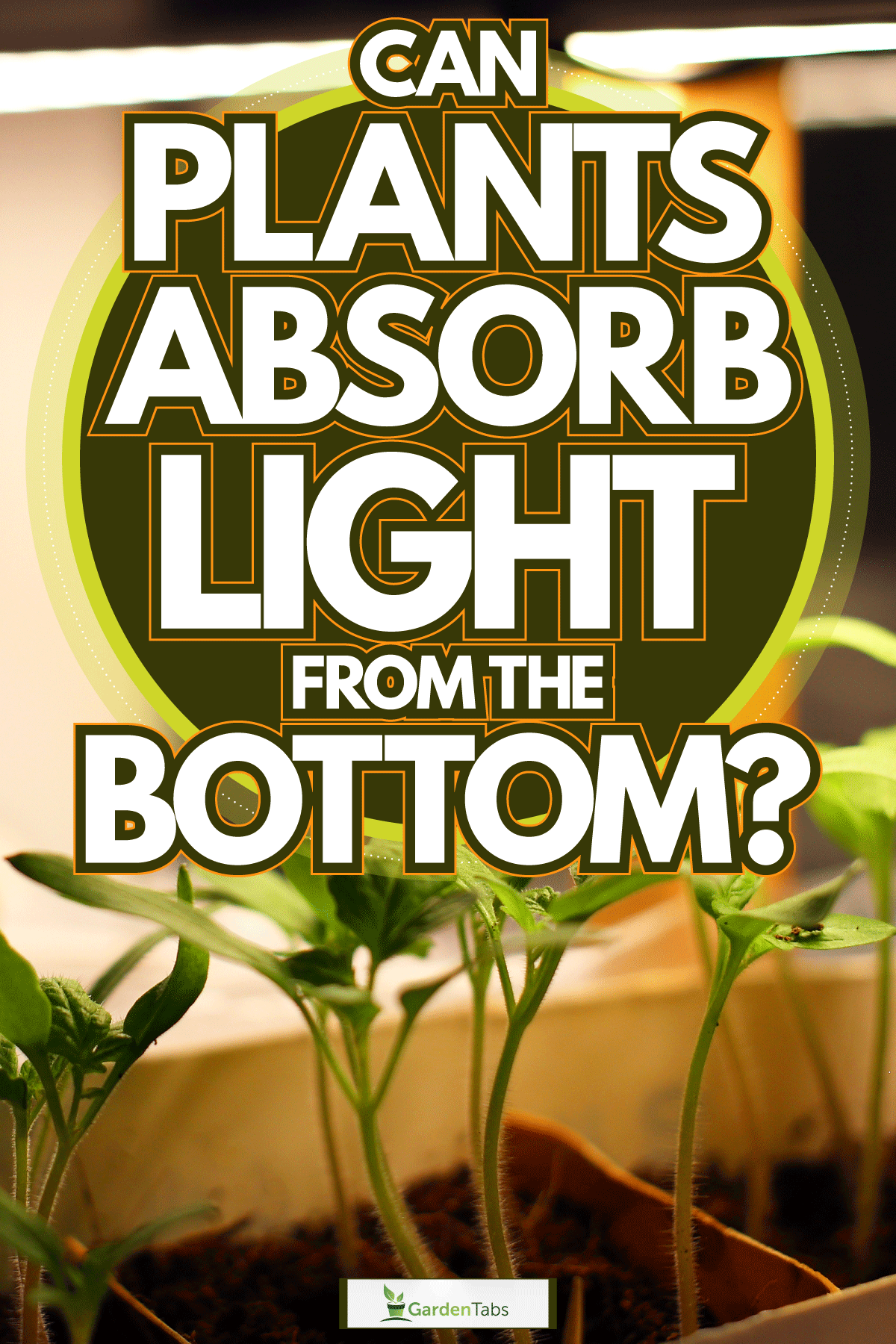
Can Plants Absorb Light From The Bottom?
Plants are natural producers of their own food. They are autotrophs, which means that plants utilize water, sunlight, and carbon dioxide to produce sugars that they use as fuel. In order to photosynthesize, plants need a lot of light energy so they can generate oxygen and glucose.
So how do plants absorb this light? Plants have a naturally-occurring pigment called chlorophyll, which helps the leaves obtain their natural green color. This pigment is generally found on the wide surface of the leaves because it allows the plant to absorb light.
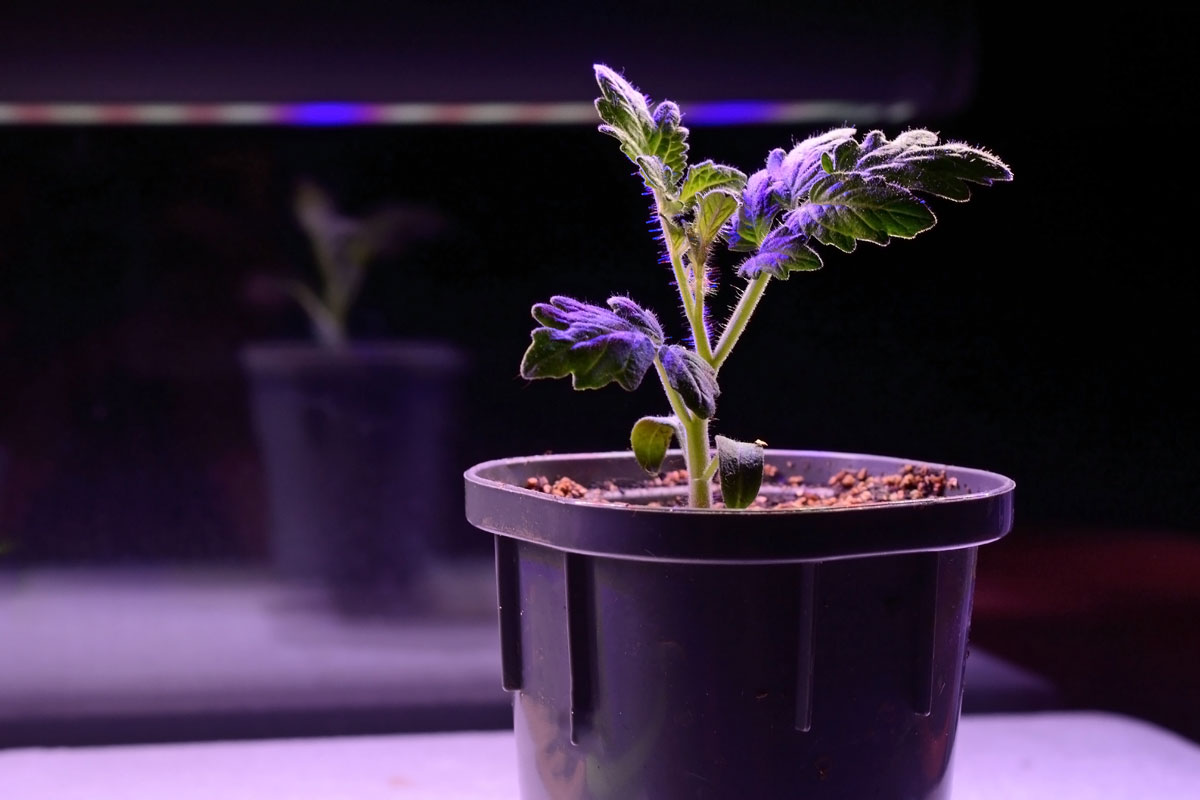
Plant leaves generally have more chlorophyll on the top of the leaves because the cells work to gather more light so they can photosynthesize. However, chlorophyll is also abundant on the underside of the leaves, which gives them the ability to absorb light even from the bottom.
Don't worry too much if you feel like your plant is not getting enough light. A plant absorbing light purely from the underside is quite unnatural, but it would be safe to say that as long as there is green pigment on your leaf, then it will absorb light for photosynthesis.
How To Use Grow Lights?
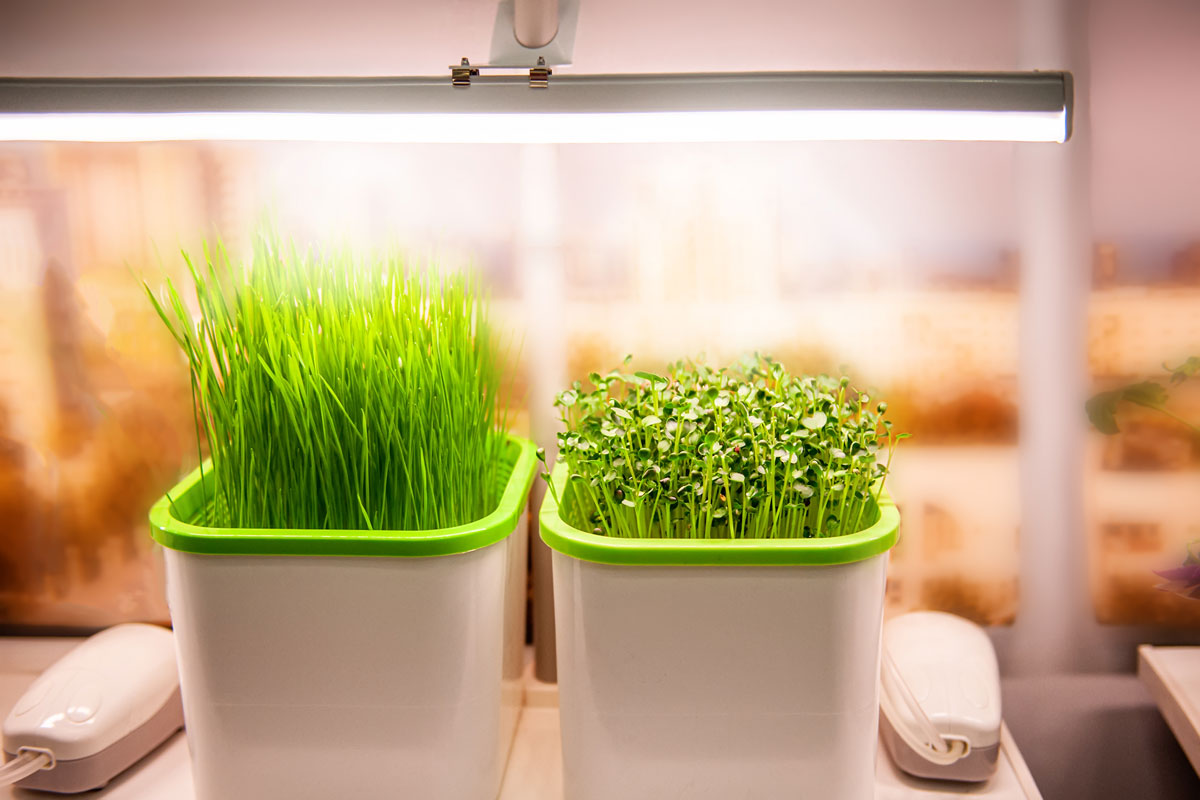
If you feel like your plants need a little extra boost in the light department, then a good place to start with are grow lights. These artificial lights are meant to stimulate photosynthesis in houseplants, particularly those that cannot get enough light for plants to be healthy. These lights come in a variety of colors and light intensity options to help plants grow indoors.
There are many different types of grow lights that you can use, depending on the kinds of plants you will be using it on, as well as the intensity you are looking for. If you are unsure of what kind of grow lights you should get for your indoor garden, you can ask your local garden store or retailer to help you choose the right one.
Using grow lights to help your plants grow is pretty simple. Here are some steps that can help you succeed in using them:
1. Choose the Right Bulb
Before you decide to buy your grow lights, you should decide what you should be using it for. Depending on the kind of grow lights that you will get, they come in different intensities that can affect plant growth differently.
If you are planning to use grow lights on seedlings, you will need grow lights with high intensity. Indoor plants, however, will need a light that's less intense.
To make things easier, there are grow lights that come in varying intensities for multi-purpose use. These grow lights are great to get if you are planning to use them on different plants throughout the year.
Get these full-spectrum grow lights on Amazon.
2. Get the Light as Close as You Can
Grow lights are vastly different from sunshine, so it's wise to expect that your plant will need more exposure to your grow lights in order to get more energy. It will also be different for every type of bulb that you get because they do come in different light intensities.
Depending on the bulb that you have bought, keep the plant about six inches away from the grow lights in order for the plant to absorb the light completely. If you're using a lot of lights, put them on chains so you can adjust them as your plants grow.
3. Use a Timer
Some plants crave consistent light, and you can give this to them by ensuring that you set your grow lights on a timer. It won't be wise to give varying amounts of light to your plant because it can confuse them, and it will most likely impede their growth.
4. Give Just Enough Light
Different plants have different light needs. Some plants thrive better in low light, while others desire to be set out in the sun for long hours. Before you set your plants under the grow lights, it's important to research how much light your plants really need.
5. Mimic the Hours of Light
Some plants are more sensitive to the number of hours where they can get light. This is particularly true for plants that live in varying temperate zones where light is less during the winter months and the days are longer and stronger during the warmer months. Make sure to mimic the hours of daylight that your plant gets even if you are already using grow lights.
6. Keep Plants Moist
Since grow lights can get unnaturally warm particularly since you will be using these indoors, it's important to keep the plants moist. Make sure to water your indoor plants and check them regularly if they are drying out faster because of the grow lights.
A great way to do this is by installing an irrigation kit for your indoor plants to give them ample water all the time. You can get programmable ones that work in tandem with your grow lights.
Check out this irrigation kit on Amazon.
7. Maintain Your Grow Lights
Just like most electronic devices, grow lights can malfunction after a while. Remember to maintain your grow lights so that they are not heating your plants more than they should unless you'd like to see your plants fried to a crisp. You'll also need to change the grow light bulbs every once in a while, so regular maintenance is very important.
Can I Put Grow Lights Under The Plants?
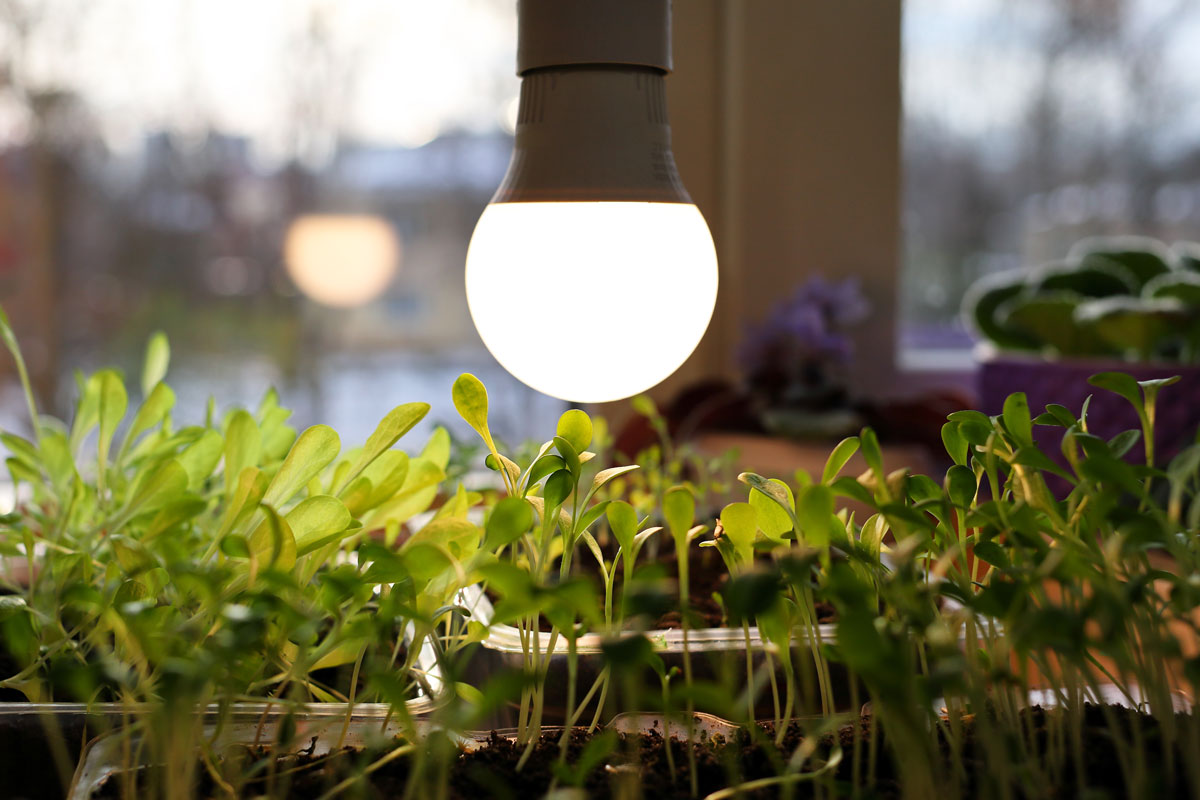
Generally speaking, yes, you can put your grow lights under the plants. However, some types of grow lights, like the incandescent grow lights, can burn your plants, so it is not advisable to put them underneath the plant themselves.
Most gardeners, however, do not suggest that you put the grow lights under the plants. For one, it is unnatural for the plants to absorb that much light from underneath because they typically get sunlight from above. Secondly, most grow lights are built to be placed above plants, so it might be a little difficult to adjust them to be placed under the plants.
Is It Bad If Plants Get Too Much Light?
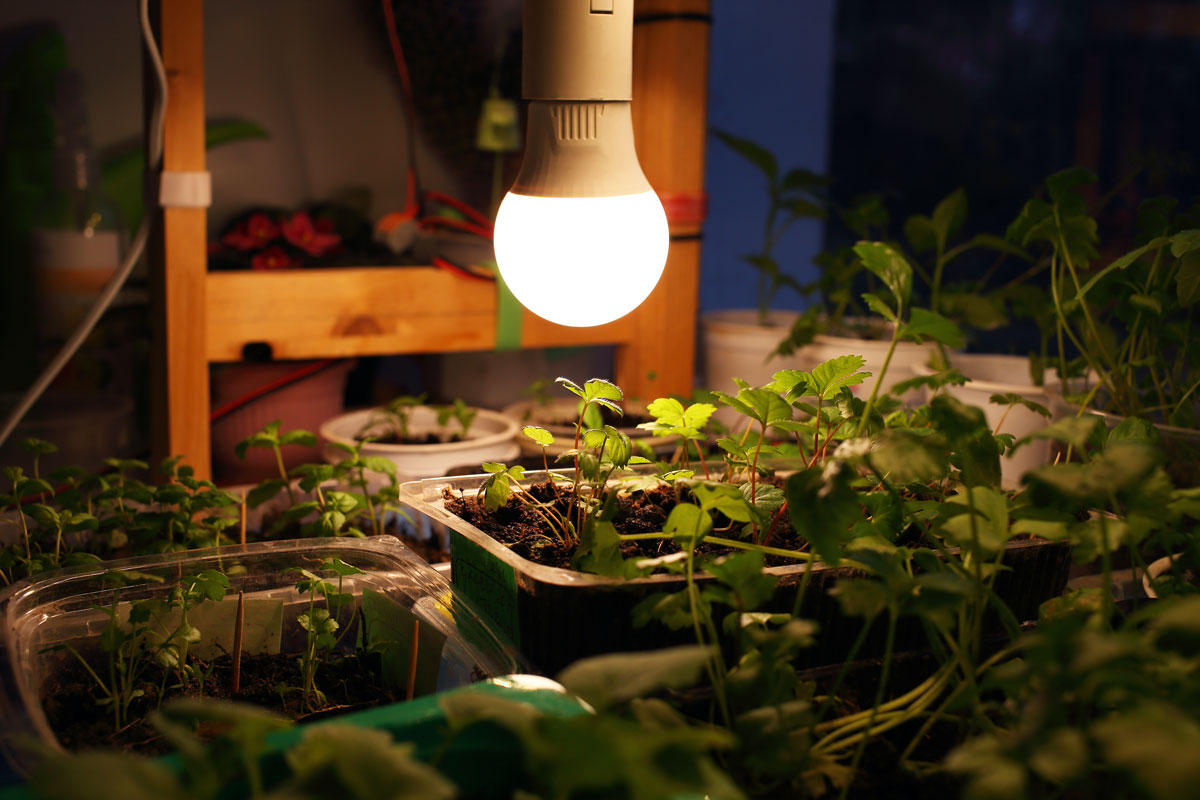
Just like most things, too much of something can be a bad thing. Plants can get too much light, especially if you are growing plants that come from a different habitat or if you are using artificial means like grow lights to give them the light energy that they need.
If you often find that your indoor plants have droopy leaves, brown spots, or look faded, then you might want to consider that they are getting too much light. While this is still salvageable, leaving them longer like this can eventually kill your plant.
Grow lights are great for giving your plants the right amount of light they need daily. You can use a timer to give your plants exposure to light for a set number of hours, and the intensity can be changed depending on how much the plant actually needs.
In Conclusion
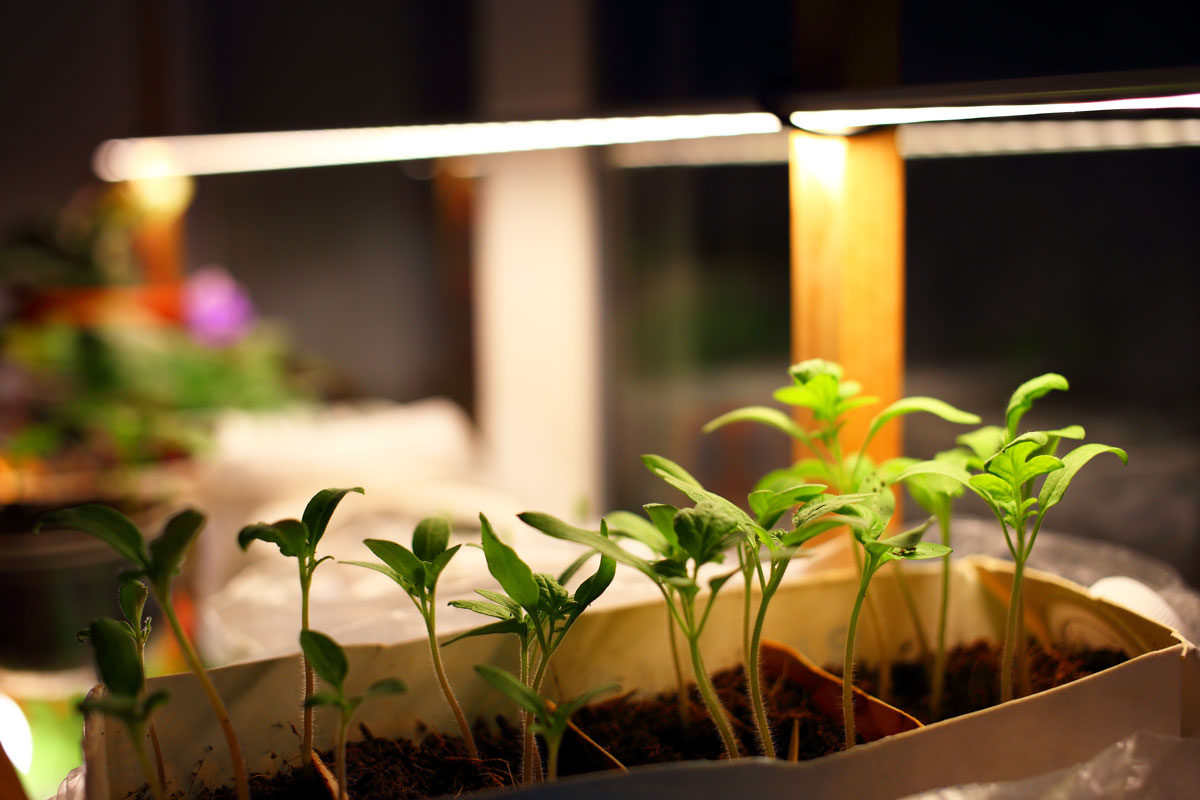
Plants can naturally absorb energy as long as there is light around them. Regardless of where the light source comes from, plants will gravitate towards the light and use this energy to create the food they need. To keep your plants at home healthy, just make sure to leave them in a place where there is enough light for them to thrive and grow.
Are you looking to learn more about plants and their light needs? Look no further because we've got the right articles for you:
14 Large Indoor Plants For Low Light
What’s The Best Color Light For Plants?


